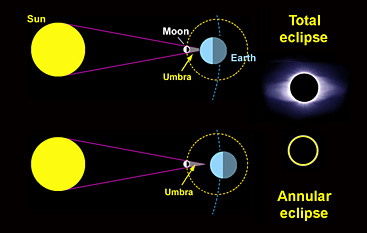By Our Correspondent
BHUBANESWAR: In view of the annual solar eclipse, Odisha Government announced that a holiday for all school and college students in view of the annular solar eclipse that will be witnessed on December 26. Several parts of India will witness the solar ellipse after sunrise from 9 am to 12.29 pm, Odisha School and Mass Education Minister Samir Ranjan Dash said on Tuesday.
On December 26, places such as India, Singapore, the Philippines, Saudi Arabia, and some parts of Australia will be treated to a ‘ring of fire’ solar eclipse to end the year.Meanwhile, special arrangements have been made at several places in Bhubaneswar. People can see the partial solar eclipse in the morning through a telescope at Pathani Samanta Planetarium.
An annular eclipse of the Sun will occur on December 26, 2019 (5 Pausha, 1941 Saka Era). From India annular phase will be visible in the morning after sunrise from some places within a narrow corridor of southern part of the country (parts of Karnataka, Kerala & Tamil Nadu) and it will be seen as partial solar eclipse from the rest part of the country.
The narrow corridor of annular phase of the eclipse will pass through the southern part of the country through certain places like Cannanore, Coimbatore, Kozhikode, Madurai, Mangalore, Ooty, Tiruchirappalli etc. In India, the obscuration of the Sun by the Moon at the time of greatest phase of the annular eclipse will be nearly 93%.
As one moves towards the north and south of the country from the annular path, the duration of the partial eclipse decreases. Obscuration of the Sun by the Moon at the time of greatest phase of partial eclipse will be around 90 percent in Bangalore, 85 percent in Chennai, 79 percent in Mumbai, 45 percent in Kolkata, 45 percent in Delhi, 42 percent in Patna, 33 percent in Guwahati, 70 percent in Port Blair, 35 percent in Silchar etc.
Considering the Earth as a whole the partial phase of the eclipse will begin at 8 h 00 m IST. The annular phase will begin at 9 h 06 m IST. The annular phase will end at 12 h 29 m IST. The partial phase will end at 13h 36 m IST.
The annular eclipse of the Sun is visible within a narrow corridor in the northern Hemisphere near to equator. The annular path passes through Saudi Arabia, Qatar, Oman, UAE, India, northern part of Sri Lanka, Malaysia, Singapore, Sumatra, and Borneo. The Moon’s penumbral shadow produces a partial eclipse, visible in the region covering Middle East, North Eastern Africa, Asia except North and Eastern Russia, North and Western Australia, Solomon Island.
The next solar eclipse will be visible from India on June 21, 2020. It will be an annular solar eclipse. A narrow path of annularity will pass through northern part of India. From the rest part of the country it will be seen as partial solar eclipse.
A solar eclipse occurs on a new moon day when the Moon comes in between the Earth and the Sun and when all the three objects are aligned. An annular solar eclipse will occur when the angular diameter of the Moon falls short of that of the Sun so that it cannot cover up the latter completely. As a result a ring of the Sun’s disk remains visible around the Moon.
Eclipsed Sun should not be viewed with the naked eye, even for a very short time. It will cause permanent damage of the eyes leading to blindness even when the moon covers most portion of the Sun. Safe technique to observe the solar eclipse is either by using proper filter like aluminized Mylar, black polymer, welding glass of shade number 14 or by making projection of Sun’s image on a white board by telescope.



























